History of electric cars – a timeline
Electric vehicles have been around for longer than most people might think. They actually have a longer history than traditionally powered vehicles fitted with an internal combustion engine (ICE). With various inventions and test models created over the years, EVs are finally in a position to take over from petrol and diesel fuelled vehicles to become the future of the roads.
Scroll through our electric vehicle timeline to discover how things have evolved from the very first electric prototype to the high-powered EVs that are leading the way today.
-
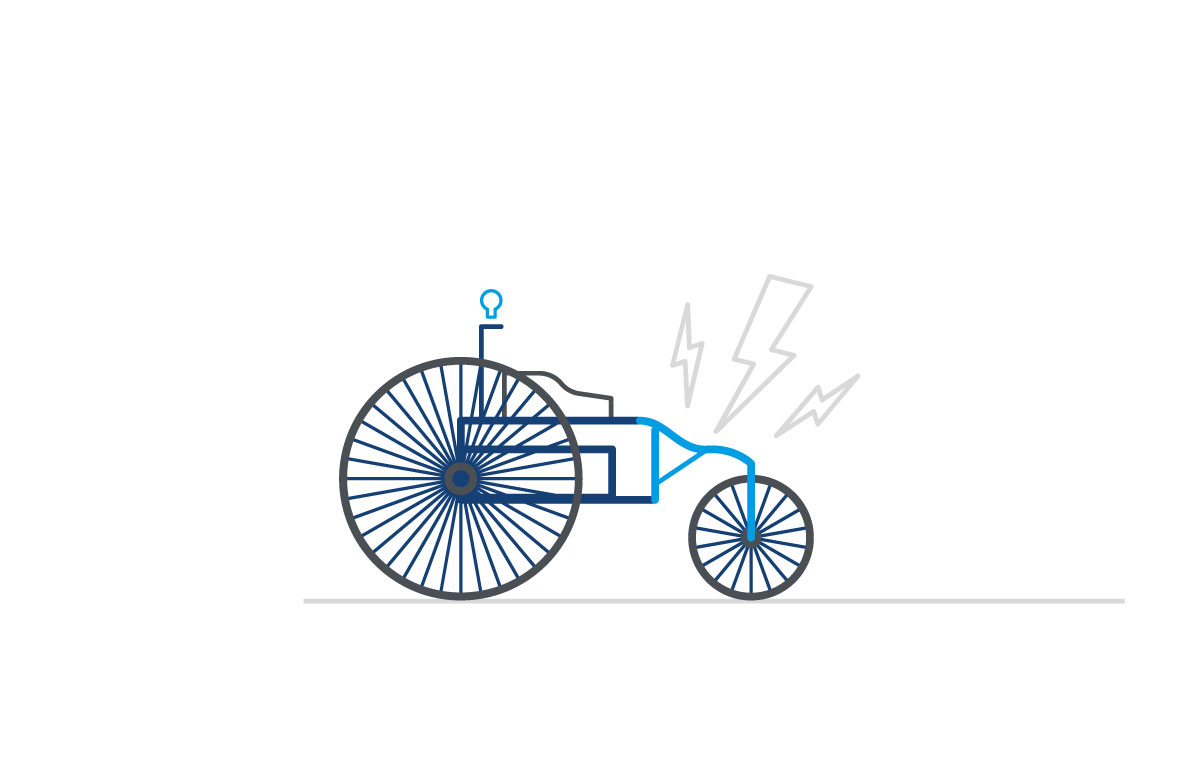
1832
Horse and cart is the most common method of transportation at this time. Scottish inventor Robert Anderson builds the first prototype crude electric vehicle.
-

1870
German inventor, Siegfried Marcus creates the first gasoline powered vehicle which has an internal combustion engine. Over the coming years, more sophisticated features are added such as brakes and a clutch – which make it more closely align to something that we would recognise as a car in the modern day.
-

1884
English inventor Thomas Parker designs and builds the first truly practical electric car and uses it daily to drive to work.
-

1886
German designer Karl Benz develops a vehicle that is powered by a gas engine. The patent is regarded as the ‘birth certificate of the automobile’. Although revolutionary in its time, there were issues with stiff gears, loud mechanics and thick fumes.
-

1888
Andreas Flocken creates the Elektrowagen – Germany’s first four wheeled electric car.
-

1889
The first Porsche vehicle is built, the P1 (or more formally, the Egger-Lohner model C.2 Phaeto). It is electrically powered, with a top speed of 22mph and a range of approximately 49 miles.
-
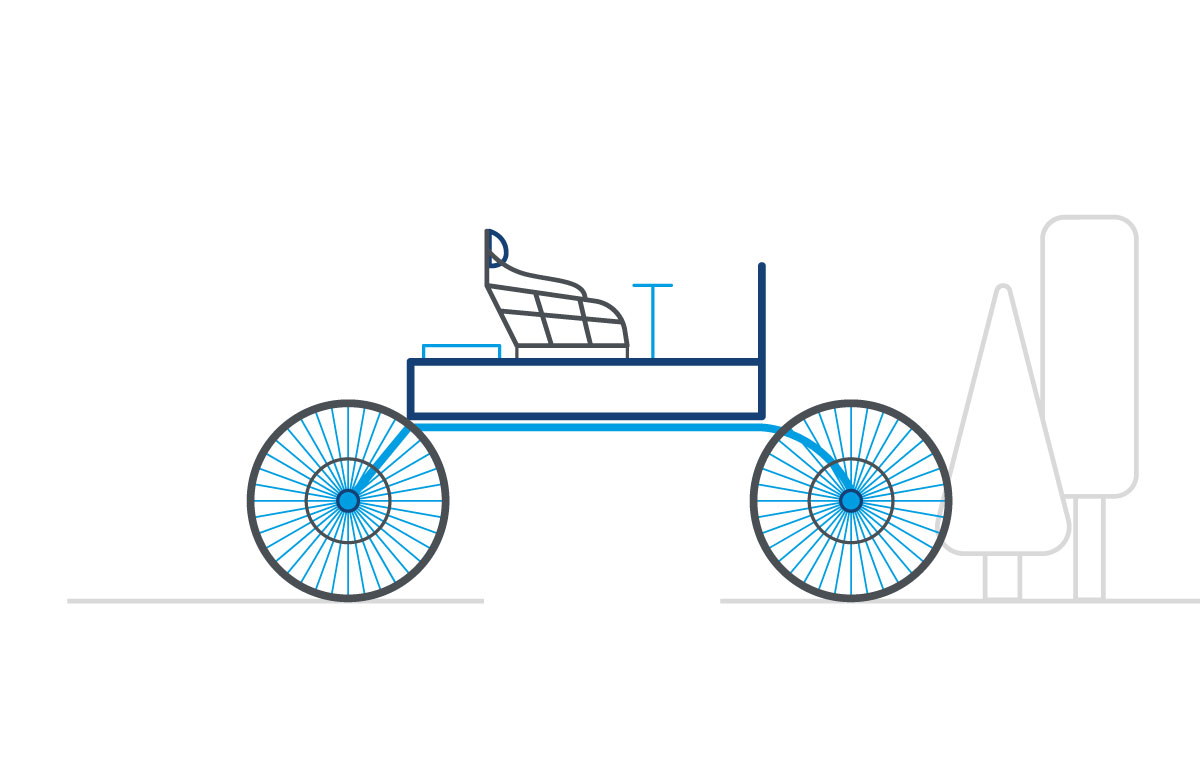
1894
Pedro Salom and Henry Morris develop the Electrobat. It is considered the first successful electric automobile; however, the large lead-acid battery and electric motors make it slow and heavy.
1897
Walter Bersey introduces his fleet of electric taxis to the streets of London. The vehicles have a range which allows them to travel up to 50 miles between charges, making them ideal for getting around the city.
-

1901
Ferdinand Porsche creates the world’s first hybrid electric vehicle, powered by a battery and a gas engine – it is called the Lohner-Porsche Mixte.
-

1914
Henry Ford and Thomas Edison join forces to study how the technology of electric vehicles can be improved. Despite heavy investment, the inventors discover that it’s difficult to create a battery powerful enough for an everyday car. Production of the gas-powered Model T picks up, with a much lower cost compared to a battery electric equivalent. Subsequently, electric vehicles are put on the back burner.
-
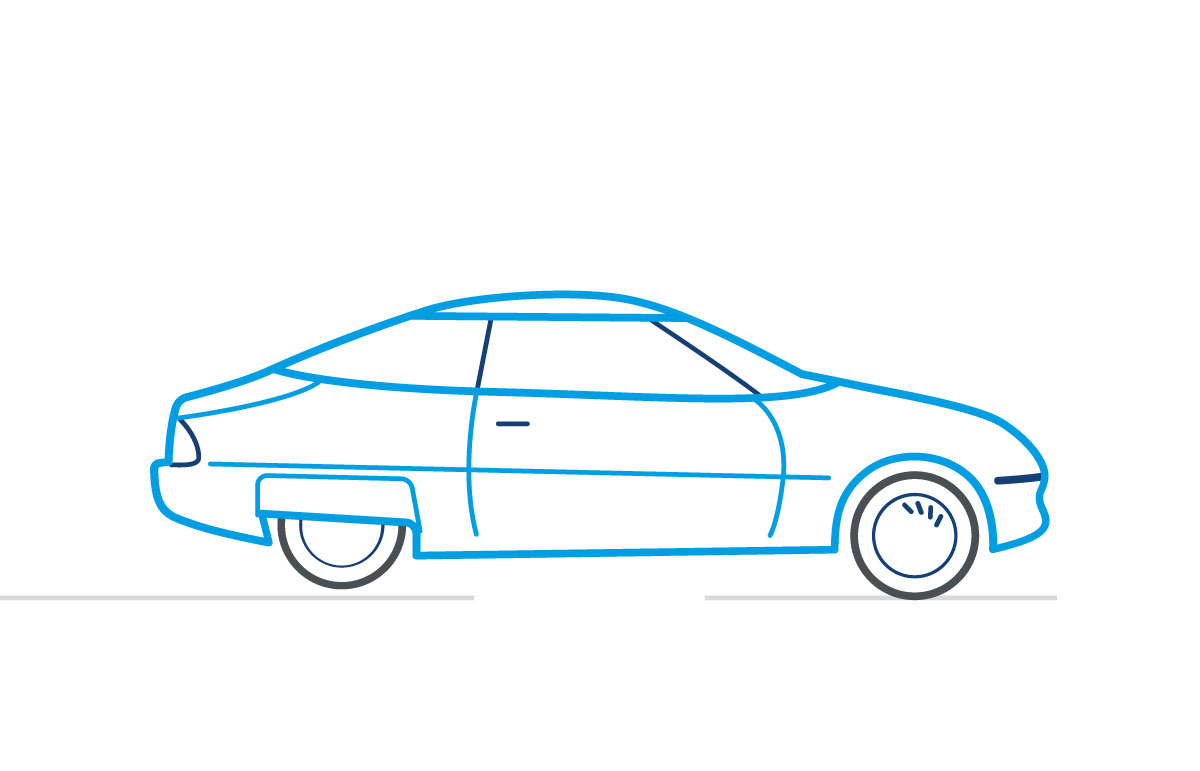
1920
Discovery of cheap crude oil contributes to the decline in electric vehicles and ICE vehicles become predominant on the roads.
1935
Electric vehicles have all but disappeared.
1956
Following the Great Smog of 1952 that took over London, Britain's Clean Air Act is introduced and renews some interest in the notion of electric vehicles.
-

1959
The Eureka Williams Corporation create the Henney Kilowatt electric vehicle. It has a top speed of 60 mph and a range of 60 miles, however, only 100 vehicles are produced.
1970
A huge oil crisis leads to petrol shortages and price surges, triggering vehicle manufacturers to consider alternatives to traditional combustion engines.
-

1996
General Motors manufactures the EV1 – the first mass produced electric vehicle of the modern day. With a full charge it can travel between 70 – 90 miles and takes around 15 hours to charge.
1997
Toyota launches the Prius – the world’s first mass produced hybrid passenger vehicle.
-
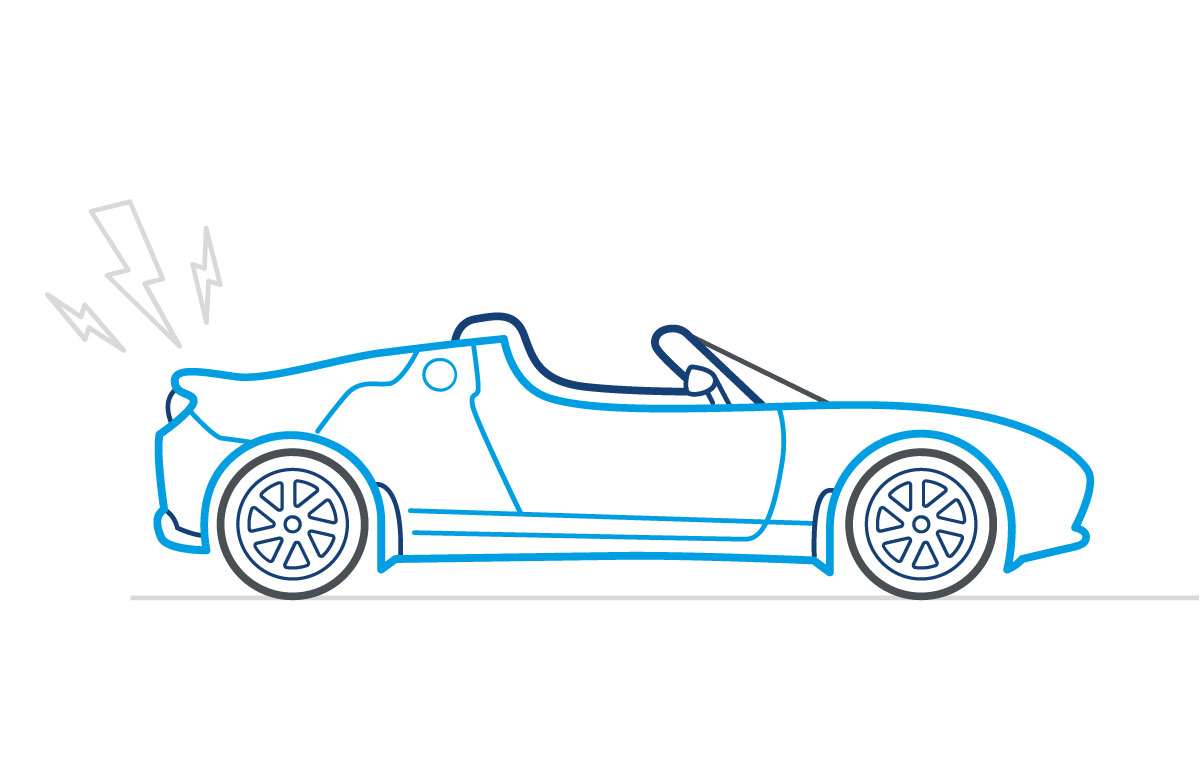
2008
The very first Tesla is introduced - the Roadster, with a range of over 200 miles and top speed of 120mph. The profile of electric vehicles is raised, and other automotive manufacturers take note.
-
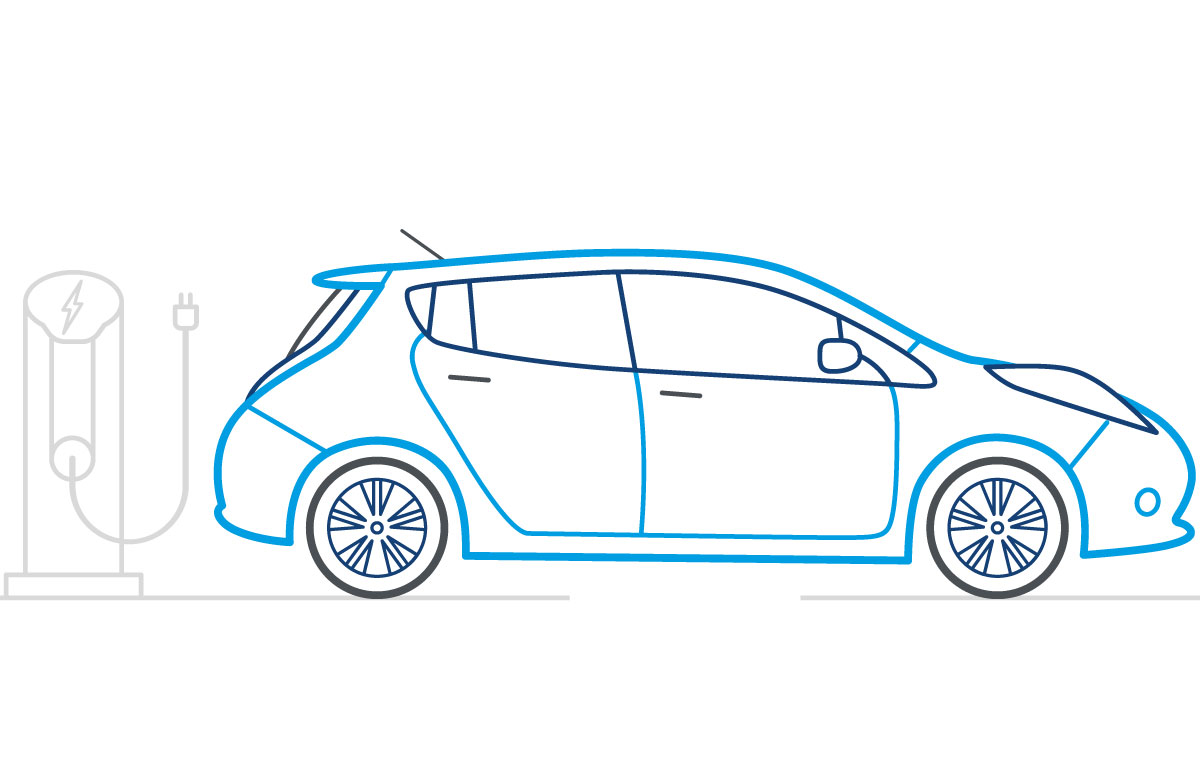
2010
The Nissan LEAF is introduced globally. It has a 24kWh lithium-ion battery that powers an 80kW motor, giving a range of just over 100 miles. It is the first mass-market EV and popularises the concept of electric motoring for the everyday consumer.
-
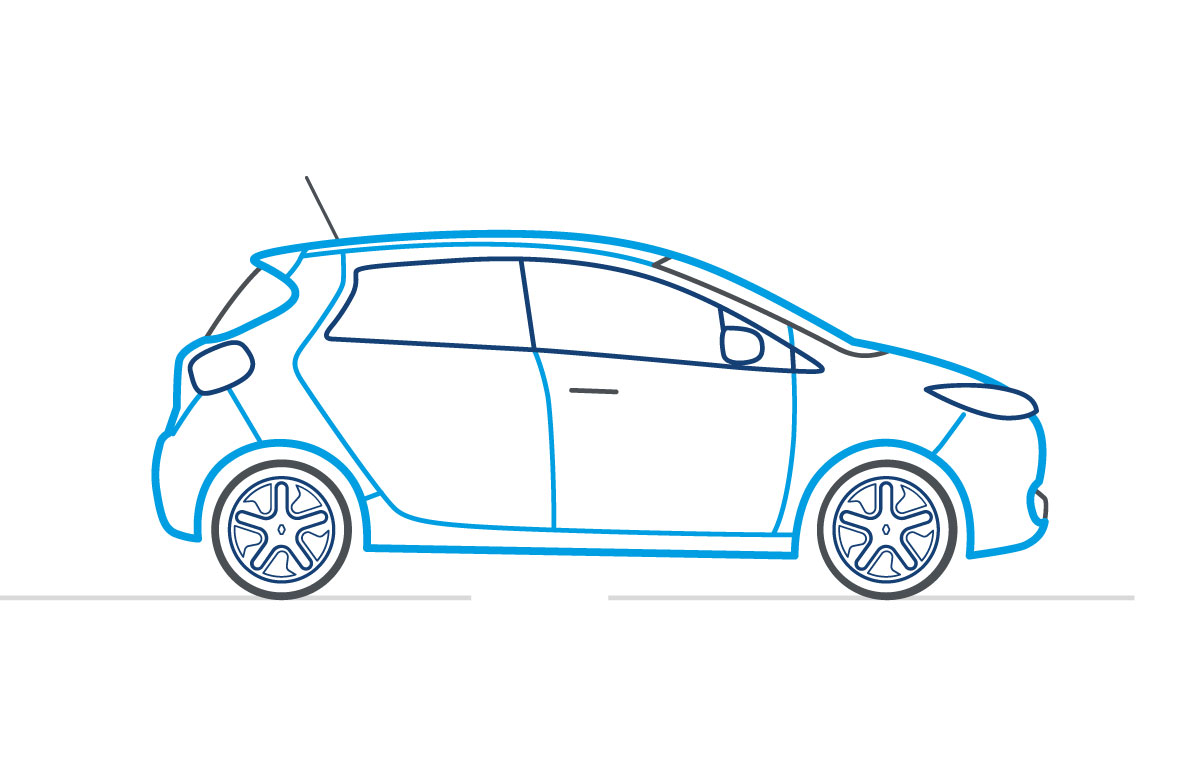
2011
A Plug-in Car Grant is introduced by the UK Government to encourage people to switch from petrol and diesel fuelled cars, by reducing the cost of electric and plug-in hybrid models.
2014
The very first Formula E race takes place in Beijing, setting out to break down barriers around EV adoption and change perceptions of the market by demonstrating the incredible technology potential.
-
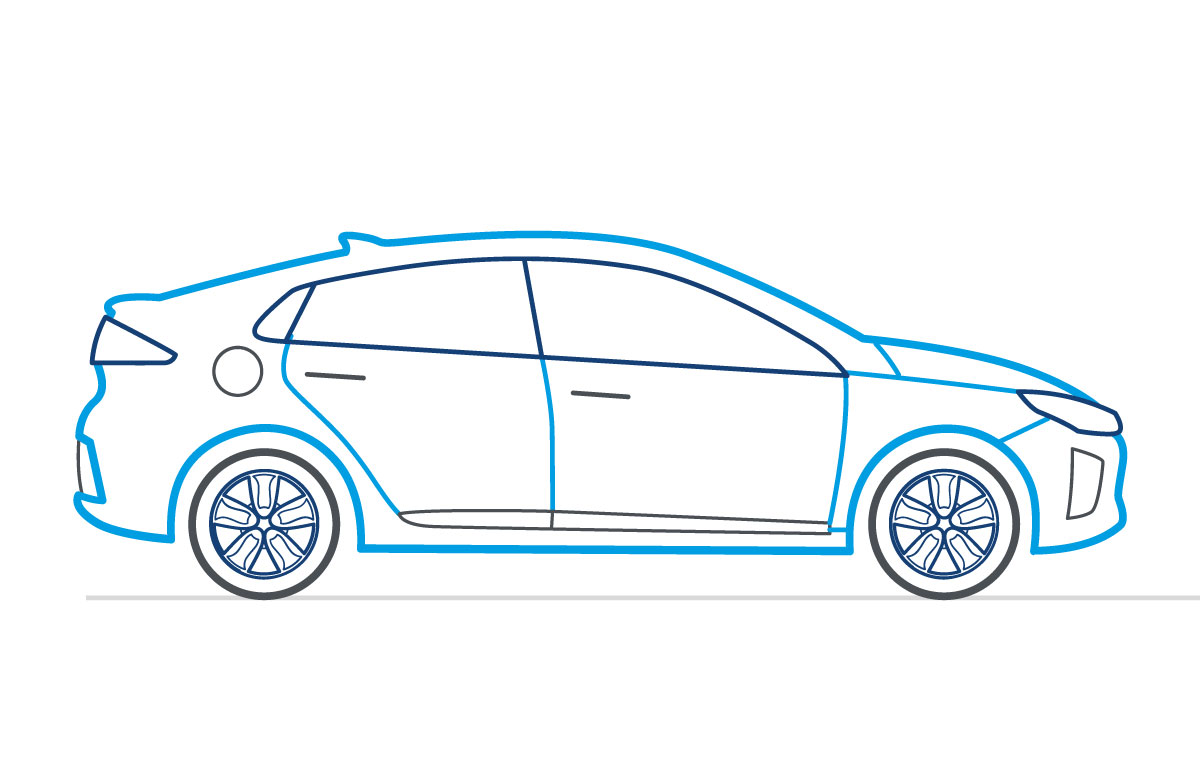
2018
Jaguar releases its first electric vehicle, the I-PACE. It’s seen by many as a huge leap forward in design and engineering – still managing to retain the style and performance of a classic Jaguar car. A roaring success, it takes over 60 awards in its first year – including the World Car of the Year.
The first public electric vehicle charging lamp post is installed in London, near Dulwich.
-
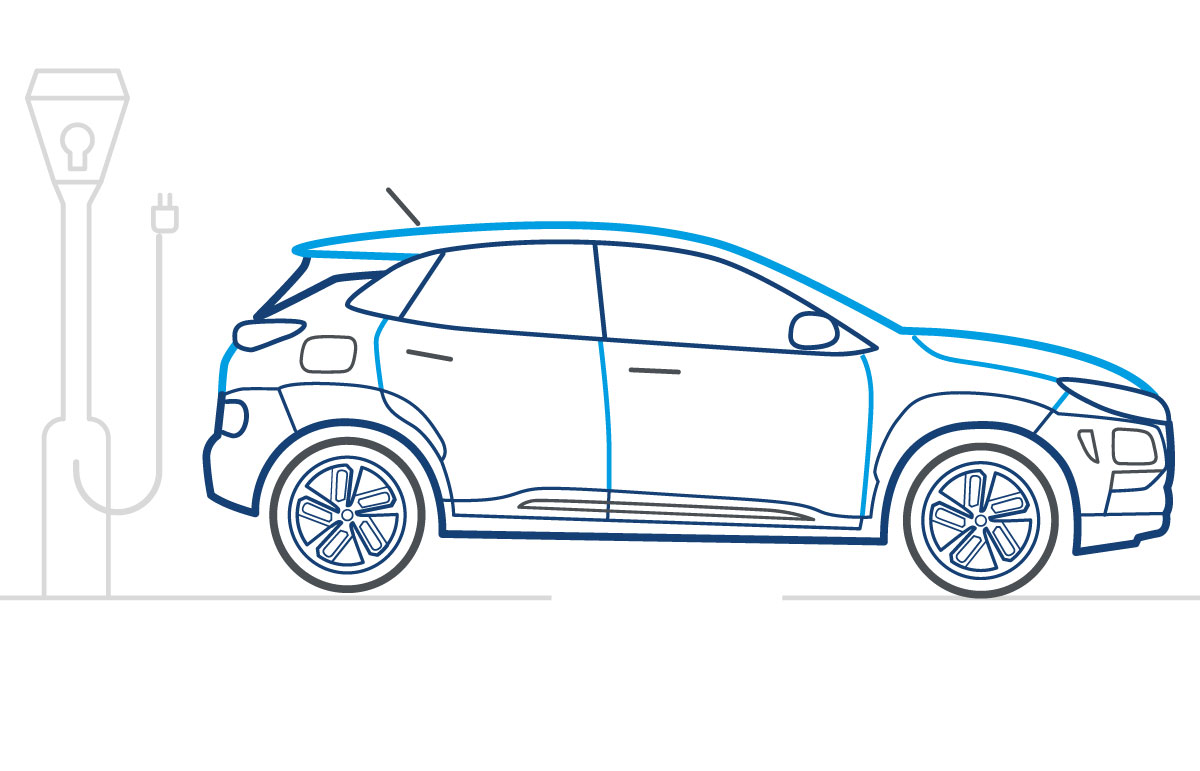
2019
The world's first 24/7 Ultra Low Emission Zone (ULEZ) is introduced in London to help improve air quality - charging a fee for those vehicles that are the most polluting.
An electric vehicle wins the Car of the Year Award for first time. The Kia e-Niro is given the prestigious What Car? title and is praised for addressing the issues of cost and range that typically prevented many motorists from making the switch to electric for some time.
2020
More than 10 million electric cars are on the roads globally.
2021
Sales of electric vehicles surpass diesel vehicles in Europe for the first time.
-
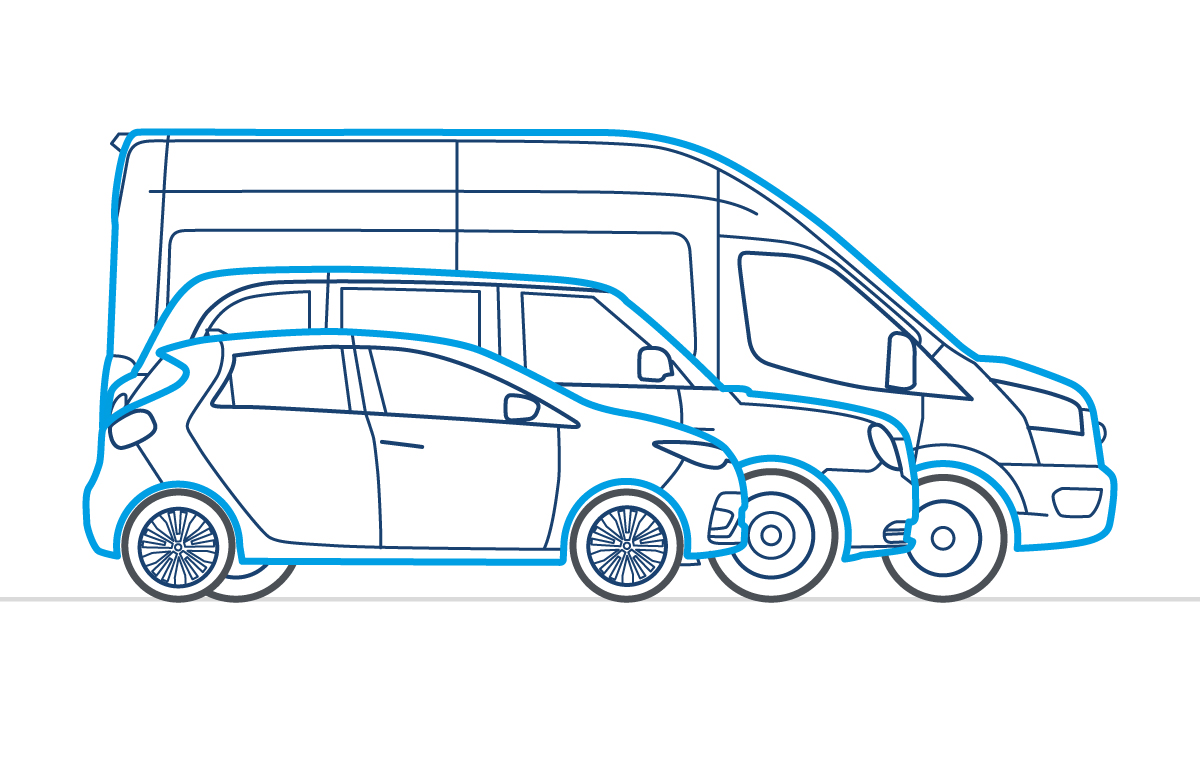
2022
Mercedes-Benz releases its premium flagship electric vehicle, the EQS – with a huge range of up to 453 miles.
One of many electric vans to begin entering the market as the electric vehicle movement expands from cars to other industry sectors including vans and taxis.

2030
The sale of new petrol and diesel vehicles will be banned in the UK.